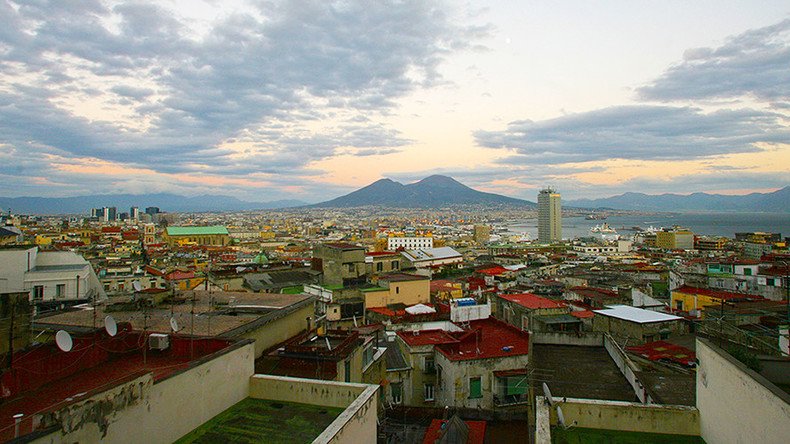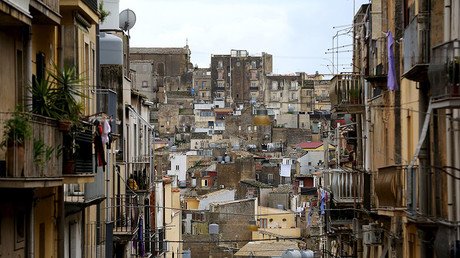Poverty in Italy triples over decade as economy slows

The number of Italians living in absolute poverty reached its highest level for more than ten years in 2016, according to a report from the Italian National Institute of Statistics ISTAT.
According to the agency, the number of absolute poor in Italy rose to 4.7 million last year against almost 1.7 million in 2006. The figure represents 7.9 percent of the country’s population with most of them living in southern regions.
In the south of the country, 9.8 percent of people were living in absolute poverty, compared to 7.3 percent in central areas including the capital Rome, and 6.7 percent in the north, including the business capital Milan, the report shows.
Absolute poverty is defined as the condition preventing people from buying goods and services “essential to avoid grave forms of social exclusion,” according to ISTAT.
The report also reveals the level of absolute poverty increased among younger people, reaching ten percent in 18 to 34-year-old group. However, the number of poor dropped among seniors to 3.8 percent in the age group of 65 and older.
In the period from 2008 to 2013 Italy passed through the deepest and the longest recession since World War II. The crisis erased over 25 percent of the country’s industrial production and the unemployment rate grew from 5.7 percent in 2007 to 13 percent in 2014.
Though the country managed to emerge from the crisis three years ago, the slow growth reported since then has failed to help the poorest sectors of society.
Despite an optimistic forecast for growth of around 1.1 percent this year, up from 0.9 percent in 2016, Italy will remain among the eurozone's most sluggish economies.
Italy to pay up to €17bn to rescue 2 failing Venetian banks https://t.co/LguwmNEO9n
— RT (@RT_com) June 26, 2017
At the same time, the fertility rate in Italy is on the downward trend as well - just 1.35 children per woman compared with a 1.58 average across the EU as of 2015.
“The poverty report shows how it is pointless to wonder why there are fewer newborn in Italy. Making a child means becoming poor, it seems like in Italy children are not seen as a common good,” said Gigi De Palo, head of Italy’s Forum of Family Associations, as quoted by Bloomberg.
READ MORE: No, Italy is not about to leave the euro
ISTAT adds that the scope of relative poverty also increased last year. This index is based on the average consumption expenditure and affects a larger group of people.
In relative terms, the number of poor Italians in 2016 edged up to 8.5 million people or 14 percent of the population against 13.7 percent year-on-year.













